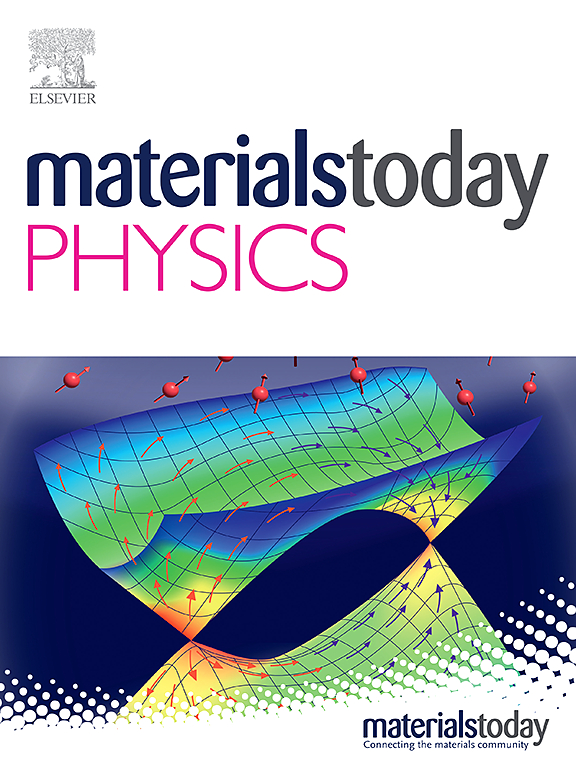辐射冷却与微波传输的可见-红外多光谱伪装反设计
IF 10
2区 材料科学
Q1 MATERIALS SCIENCE, MULTIDISCIPLINARY
引用次数: 0
摘要
多光谱探测对传统伪装系统提出了重大挑战,因为它需要兼容不同的光谱区域。然而,在单一平台内协调多光谱伪装、辐射冷却和微波透明仍然受到相互冲突的电磁要求的限制。在此,我们报告了一种结合非支配排序遗传算法II (NSGA-II)和传递矩阵法(TMM)的反设计框架来优化锗/锌多层膜。这种多目标优化无需使用单目标优化中的经验加权系数,可以同时生成多个最优解,减少了处理多个独立目标的迭代次数。在400次迭代中,多层选择性发射器可以实现可见光和中红外(3-5 μm和8-14 μm)波段的兼容伪装,非大气窗口(5-8 μm)的辐射冷却,以及雷达波段(2-18 GHz)的微波透明。具体而言,与硅衬底相比,制备的选择性发射器在100℃温度下显著降低了物体的红外辐射特征,在中波和长波分别实现了38.5%和33%的温度降低。得益于辐射冷却设计,与抛光硅衬底相比,温度降低了5°C。逆设计可以很容易地扩展到多光谱应用的其他多目标优化问题,潜在地为解决多光谱操作中的挑战创造了机会。本文章由计算机程序翻译,如有差异,请以英文原文为准。
Inverse design of visible-infrared multispectral camouflage with radiative cooling and microwave transmission
Multispectral detection poses significant challenges to conventional camouflage systems, which require compatibility with diverse spectral regions. However, reconciling multispectral camouflage, radiative cooling, and microwave transparency within a single platform remains constrained by conflicting electromagnetic requirements. Herein, we report an inverse design framework combining the Non-dominated Sorting Genetic Algorithm II (NSGA-II) with Transfer Matrix Method (TMM) to optimize the germanium/zinc multilayer. This multi-objective optimization can simultaneously generate multiple optimal solutions without using empirical weighting coefficients in single-objective optimization, which reduces the iterations handling multiple independent targets. In only 400 iterations, the multilayer selective emitter can realize a compatible camouflage for the visible and mid-infrared (3–5 and 8–14 μm) bands, radiative cooling for the non-atmospheric windows (5–8 μm), and microwave transparency for radar bands (2–18 GHz). Specifically, the fabricated selective emitter significantly reduces the infrared radiant signature of the object compared to the silicon substrate at a temperature of 100 °C, achieving temperature reductions of 38.5 % and 33 % in mid and long wavelengths, respectively. Benefiting from the radiative cooling design, an extra temperature reduction of 5 °C compared to the polished silicon substrate is demonstrated. The inverse design can readily extend to other multi-objective optimization problems for multispectral applications, potentially creating opportunities to tackle challenges in multispectral manipulation.
求助全文
通过发布文献求助,成功后即可免费获取论文全文。
去求助
来源期刊

Materials Today Physics
Materials Science-General Materials Science
CiteScore
14.00
自引率
7.80%
发文量
284
审稿时长
15 days
期刊介绍:
Materials Today Physics is a multi-disciplinary journal focused on the physics of materials, encompassing both the physical properties and materials synthesis. Operating at the interface of physics and materials science, this journal covers one of the largest and most dynamic fields within physical science. The forefront research in materials physics is driving advancements in new materials, uncovering new physics, and fostering novel applications at an unprecedented pace.
 求助内容:
求助内容: 应助结果提醒方式:
应助结果提醒方式:


